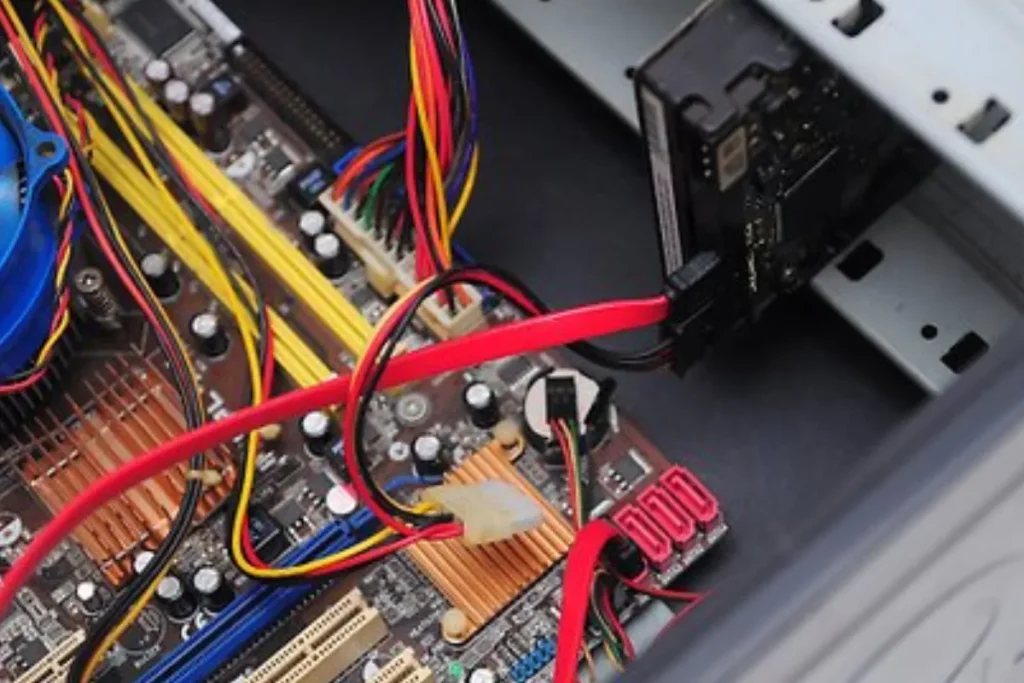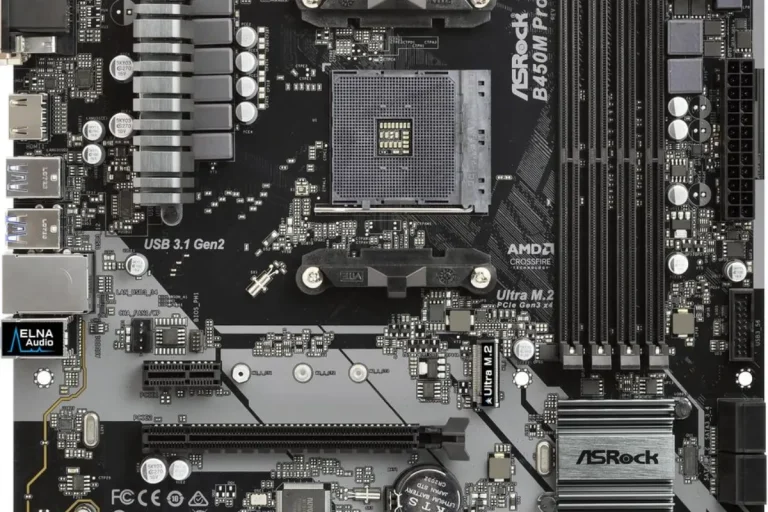What cable connects an HDD to a motherboard?
Are you curious about the cable that connects your HDD (Hard Disk Drive) to the motherboard? Look no further! In this guide, we’ll unveil the mystery behind this crucial connection. You’ll learn why it’s important, discover the types of cables involved, and get step-by-step instructions to connect them effortlessly.
Types of Cables for HDD-Motherboard Connection
When it comes to connecting your HDD (Hard Disk Drive) to the motherboard, there are different types of cables you need to be familiar with. Each cable serves a specific purpose and plays a crucial role in ensuring a seamless connection. Let’s explore the three main types of cables you’ll encounter:
SATA (Serial ATA) Cable
The SATA cable has become the standard choice for connecting HDDs to motherboards, replacing the older IDE cables. This evolution in technology brings several advantages.
SATA cables offer faster data transfer rates, allowing for quicker access to your files and applications. With their improved performance, they ensure a smooth computing experience.
Power Cable
To power your HDD, you’ll need a power cable. There are various types of power connectors used for HDDs, such as SATA power connectors. These connectors provide the necessary power supply to your HDD, ensuring it functions properly.
It’s essential to consider the purpose and compatibility of the power cable to meet the power requirements of your HDD.
Data Cable Length and Compatibility
The length of the data cable plays a significant role in the HDD-motherboard connection. Factors such as the distance between the HDD and the motherboard need to be considered when selecting the appropriate cable length. Additionally, compatibility issues may arise if the cable length exceeds certain limits. It’s crucial to choose the right cable length to ensure optimal performance and avoid any potential data loss.
Troubleshooting Common Issues

Connecting your HDD (Hard Disk Drive) to the motherboard can sometimes come with its fair share of challenges. But worry not! In this section, we will help you troubleshoot common issues that may arise during the connection process.
We’ll also provide valuable tips for resolving cable-related or compatibility problems. Let’s dive in:
Identifying Common Problems
- Loose Connections: If you encounter issues with your HDD not being recognized by the motherboard, check if the SATA cable or power cable is securely connected. Sometimes, a loose connection can cause connectivity problems.
- Incorrect Cable Placement: Ensure that the SATA cable is connected to the correct SATA port on the motherboard. Connecting it to the wrong port can lead to connection failures.
- Compatibility Issues: Check if the HDD is compatible with your motherboard. Different motherboards support different types of HDDs. Verify the compatibility to avoid any incompatibility issues.
Troubleshooting Tips
- Check Cable Integrity: Inspect the SATA cable and power cable for any signs of damage or fraying. If you notice any issues, replace the cables to ensure a reliable connection.
- Test with Different Cables: If you suspect a faulty cable, try using a different SATA cable or power cable to see if the problem persists. This will help identify if the issue lies with the cables themselves.
- Update Motherboard Firmware: Check if there are any firmware updates available for your motherboard. Sometimes, updating the firmware can resolve compatibility issues and improve overall performance.
- Consult the Motherboard Manual: Refer to the motherboard manual for specific troubleshooting steps and recommendations. It will provide valuable insights into resolving any connection-related problems.
Frequently Asked Questions
1. Why is my HDD not being recognized by the motherboard?
Check for loose connections of the SATA or power cable. Ensure they are securely plugged in.
2. How can I identify if the SATA cable is faulty?
Try using a different SATA cable to see if the problem persists. If the issue is resolved, it indicates a faulty cable.
3. What should I do if my HDD is not compatible with the motherboard?
Verify the compatibility of the HDD with the motherboard specifications. If incompatible, consider using a compatible HDD or upgrading your motherboard.
4. How can I troubleshoot cable-related issues?
Inspect the SATA cable and power cable for any damage or fraying. Replace them if necessary to ensure a reliable connection.
5. Are there any firmware updates available for my motherboard?
Check the manufacturer’s website for firmware updates. Updating the motherboard’s firmware can often resolve compatibility issues and improve performance.
Conclusion
In conclusion, the SATA cable is the vital link that connects your HDD to the motherboard, ensuring seamless data transfer and storage. By following our step-by-step guide and troubleshooting tips, you can confidently establish a secure connection. Say goodbye to common issues and embrace a smooth HDD-to-motherboard connection for optimal performance.
